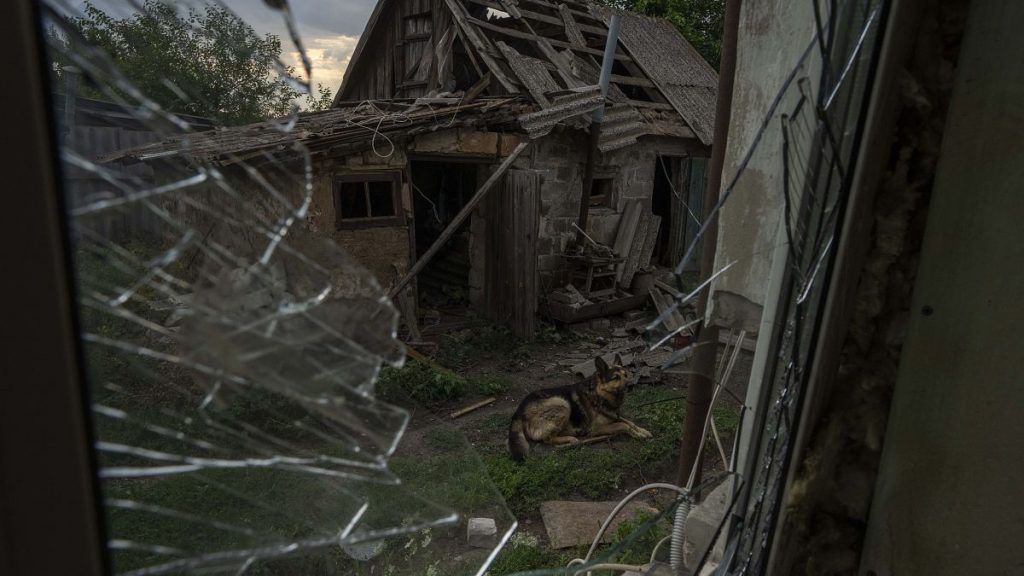The besieged town of Kurakhove, located in Ukraine’s Donetsk region, has become a pivotal point in the ongoing conflict between Russia and Ukraine. Once a bustling community of 18,000, Kurakhove has been reduced to rubble after months of intense fighting and relentless bombardment by Russian forces. The town’s strategic importance lies in its proximity to Pokrovsk, a major logistics hub for Ukrainian forces on the eastern front. The capture of Kurakhove represents a significant advance for Russian troops, who have intensified their offensive operations in the region, aiming to seize control of this crucial supply line and further their territorial gains.
The battle for Kurakhove has escalated in recent months, transforming the town into one of the most heavily contested and devastated areas along the front lines. Russian forces have concentrated their efforts on capturing Kurakhove, viewing it as a stepping stone towards their ultimate objective of securing Pokrovsk. The town’s location, approximately 20 kilometers north of Russian-occupied Vuhledar and 30 kilometers south of Pokrovsk, makes it a strategically important prize for both sides. Kurakhove’s capture follows the Russian seizure of Avdiivka and Vuhledar last year, marking another significant territorial gain for Moscow.
The fall of Kurakhove raises serious concerns about the vulnerability of Pokrovsk, a vital logistics hub for Ukrainian forces in the east. Pokrovsk serves as a crucial supply route and staging area for Ukrainian operations, and its capture would severely hamper Ukraine’s ability to defend against Russian advances. The Kremlin has long coveted the entire Donetsk region, and the capture of Pokrovsk would represent a major step towards achieving this strategic goal. The intensified fighting around Kurakhove underlines the strategic importance of this region and the determination of both sides to secure control.
Despite the escalating conflict and the devastation wrought upon Kurakhove, a significant civilian population remains in the Donetsk region. As of mid-December, an estimated 300,000 civilians were still residing in the region, with approximately 54,000 living directly within the active warzone. These civilians are caught in the crossfire, enduring constant shelling, displacement, and the loss of their homes and livelihoods. The humanitarian situation in the region is dire, with access to essential supplies and services severely restricted. The continued presence of civilians underscores the human cost of the conflict and the urgent need for humanitarian assistance.
The fate of Kurakhove and the intensifying fighting around it highlight the escalating tensions in the region and the persistent threat to Ukrainian-held territories. The Russian advance towards Pokrovsk poses a significant challenge for Ukrainian forces, potentially disrupting crucial supply lines and jeopardizing their defensive capabilities. The capture of Kurakhove marks a strategic victory for Russia, but the ultimate outcome of the battle for the Donetsk region remains uncertain. The ongoing conflict underscores the fragility of the situation and the urgent need for a peaceful resolution.
The international community continues to monitor the situation closely, expressing concern over the escalating violence and its impact on the civilian population. The humanitarian crisis in the region demands immediate attention, as thousands of civilians remain trapped in the conflict zone, facing dire conditions and limited access to essential resources. The battle for Kurakhove and the looming threat to Pokrovsk demonstrate the strategic importance of this region and the potential for further escalation. The international community must work towards a peaceful resolution to prevent further loss of life and alleviate the suffering of the affected population.














